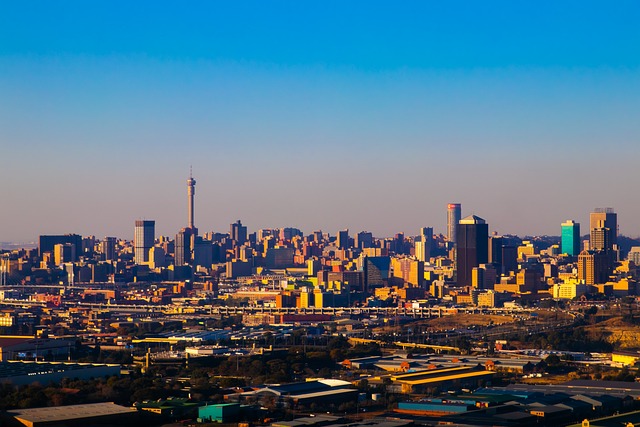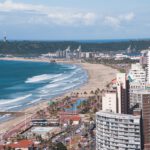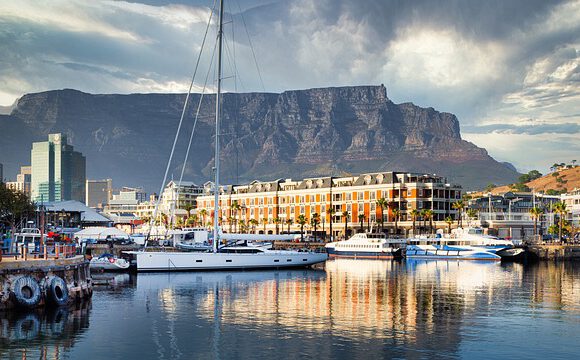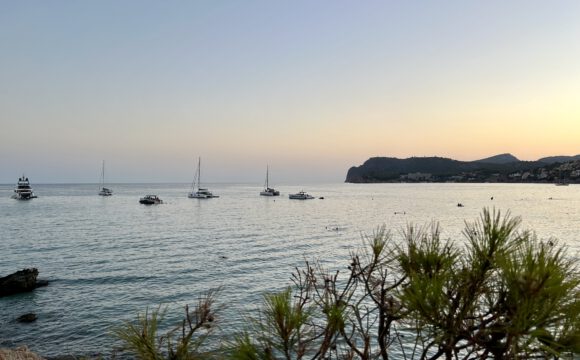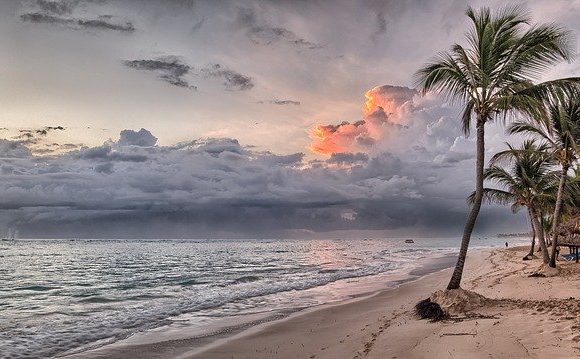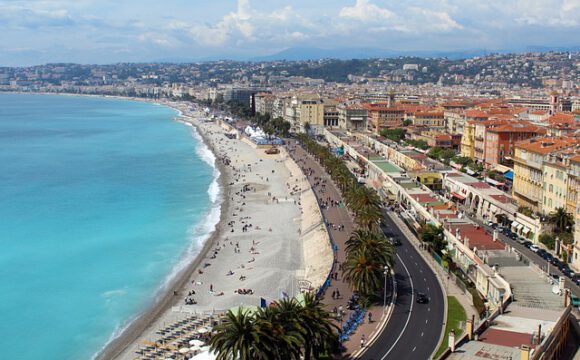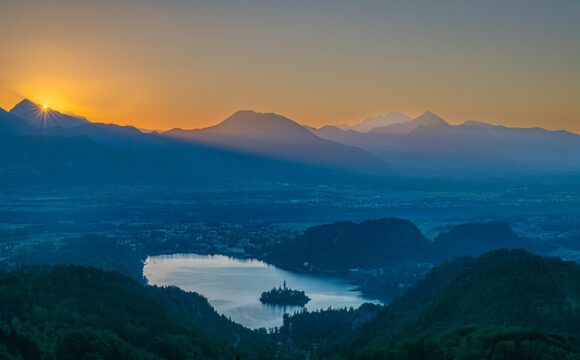Johannesburg – the vibrant center and largest city in South Africa, is also known as Jozi or Joburg. The history of Johannesburg is intertwined with the history of South Africa and its tumultuous past.
A short history of Johannesburg
The city was founded in 1886, after gold was discovered in the Witwatersrand region. This led to a massive influx of people, including prospectors, entrepreneurs, and workers, who all flocked to the area in search of wealth and opportunity.
The city was named after two officials, Johann Rissik and Johannes Joubert, who were instrumental in the development of the area. The city quickly grew and became a hub for business and industry, as well as a center for cultural and artistic expression.
However, the history of Johannesburg is also marked by social and political conflict. The city was the site of numerous protests and uprisings, including the 1922 Rand Revolt, which was a revolt by white miners against the government, and the 1976 Soweto Uprising, which was a protest by black students against the apartheid regime.
The city was also the site of numerous civil rights movements and political organizations, including the African National Congress (ANC), which played a significant role in the fight against apartheid.
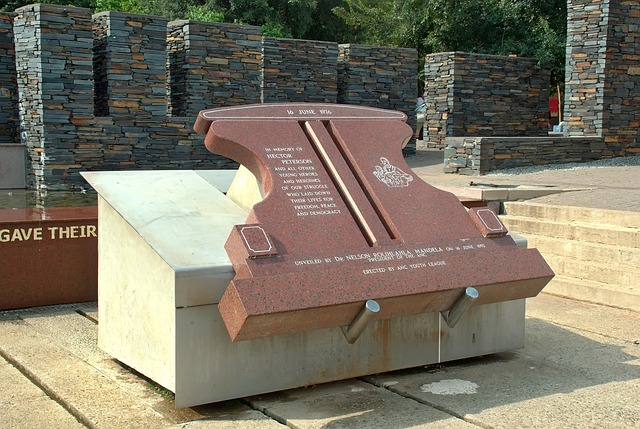
In the post-apartheid era, Johannesburg has continued to grow and evolve, and it remains a key center for business, culture, and innovation in South Africa. It is the economic hub of the country. It is a diverse and vibrant city that is home to a diverse array of people from all walks of life.
Sightseeing in vibrant Johannesburg
Johannesburg is a vibrant and diverse city that is full of tourist hotspots. Here are some of the top attractions that tourists should not miss when visiting Johannesburg.
Historical Sights
The Apartheid Museum – This museum is a must-see for anyone interested in the history of South Africa. It tells the story of the country’s journey to democracy and the struggle against the apartheid regime.
Constitution Hill – This is a historical site that was once a prison and military fort. It is now home to the Constitutional Court of South Africa, which is a symbol of the country’s democratic transition.
Soweto Tour – Soweto is a township located just outside of Johannesburg and is known for its rich history and cultural significance. A tour of Soweto is a great way to learn about the struggles of the past and the resilience of the people who live there.
Fun and entertainment

Gold Reef City – This is an amusement park that is built on the site of an old gold mine. It is a popular destination for families and includes roller coasters, water rides, and other attractions.
Johannesburg Zoo – This is one of the city’s top attractions and is home to over 320 species of animals. It is a great place to see animals from all around the world.
Carlton Centre – This is the tallest building in Africa and offers panoramic views of the city from its 50th floor observation deck. It is also home to a shopping mall and several restaurants.
Cultural Johannesburg
Johannesburg Art Gallery – This gallery is home to a collection of over 9,000 works of art, including pieces by South African artists and international masters.
Market Theatre – This is a historic theatre that was a hub of resistance during the apartheid era. It is now home to a variety of productions, including plays, concerts, and dance performances.
Overall, Johannesburg is a city that is full of culture, history, and entertainment making it a must-visit destination for tourists.
Johannesburg during the 2010 soccer World Cup
Johannesburg, the largest city in South Africa, was a bustling hub of activity during the 2010 World Cup. As the host city for several high-profile matches, including the opening ceremony and the final match, Johannesburg was the center of attention for soccer fans from around the globe.
The city underwent significant renovations in the lead-up to the World Cup. New transportation infrastructure, hotels, and sporting facilities being built to accommodate the influx of visitors.
The Soccer City Stadium is located in the Soweto neighborhood of Johannesburg. It was the main venue for the event, and was renovated to hold over 90,000 spectators.
Despite some initial concerns about security and infrastructure, the World Cup was a resounding success in Johannesburg. The city’s residents were incredibly welcoming and enthusiastic, and the event was hailed as a triumph for South Africa and for soccer fans everywhere.

Johannesburg can be your starting point for your South African adventure, from here you can continue onwards to Cape Town, the Garden Route, Durban, Pretoria and so on.

